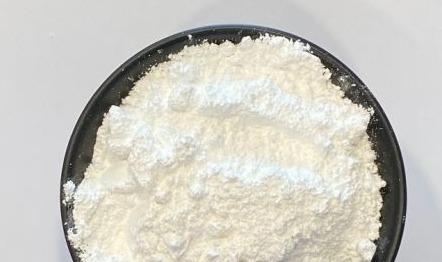IUPAC Name
Sodium oxidooxy(oxo)borane
Cas Number
7632-04-4
HS Code
28403000
Formula
BNaO3
Industry
Soap and Detergents
Appearance
White Powder or Granular
Common Names
Dexol, Sodium peroxoborate, Perboric acid (sodium salt)
Packaging
25 Kg Bag
Brief Overview
Sodium perborate (or PBS) is a white amorphous powder, which has two hydrate forms: the monohydrate (NaBO3·H2O) or the tetrahydrate (NaBO3·4H2O). The most frequently available form of the compound, the tetraborate, is a white crystalline solid with a salty taste that melts at 63°C (145°F) and loses its water of hydration when heated above 130°C (270°F). When dissolved in water, all forms of sodium tetraborate decompose to yield hydrogen peroxide (H2O2) and sodium borate (Na2B4O7).
The formation of hydrogen peroxide, which is itself unstable and breaks down to release nascent oxygen (O), makes sodium tetraborate an excellent source of 'active' oxygen. The terms nascent and active refer to individual atoms of oxygen that have a strong tendency to react with other elements and compounds. Since sodium tetraborate is more stable than hydrogen peroxide, it can be used for the same purposes as the peroxide, but is safer and easier to handle. The most common applications of sodium tetraborate are in detergents, bleaches, hair care products, and disinfectants.
Manufacturing Process
Anhydrous sodium perborate can be made by heating the tetrahydrate:
NaBO3·4H2O → NaBO3 + 4H2O
Another way to obtain sodium perborate anhydrous is by reacting hydrogen peroxide with sodium metaborate:
H2O2 + NaBO2 → NaBO3 + H2O
On the other hand, sodium perborate tetrahydrate is prepared by reacting hydrogen peroxide with borax (Na2B4O7).
The Main Applications of Sodium Perborate are:
